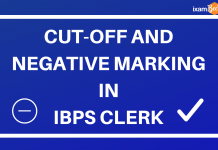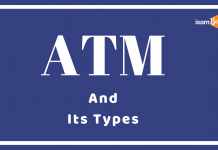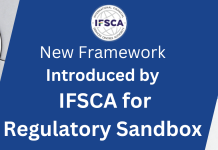What is PCA?
Prompt Corrective Action or PCA is a framework under which banks with weak financial metrics are put under watch by the RBI. In other words, it is a mechanism that allows the regulator to place certain restrictions to ensure that banks don’t bust and excessive risks on the balance sheet of these weak banks can be prevented.
History of PCA
Prompt Corrective Action or PCA as generally called is a US Federal Law mandating progressive penalties against banks that exhibit progressively deteriorating capital ratios. It was first introduced after the global economy incurred huge losses due to the failure of the financial institution during 1980-90s. PCA was introduced in the banking sector in India by its central bank RBI in December 2002 as a structured early intervention mechanism along the lines of the FDIC’s PCA framework. This framework was reviewed by the Reserve Bank keeping in view the international best practices and recommendations of the Working Group of the Financial Stability and Development Council (FSDC) on Resolution Regimes and the Financial Sector Legislative Reforms Commission. The Revised PCA Framework was issued by the RBI on April 13, 2017.
When is PCA Invoked?
The PCA framework deems bank as risky if they slip below certain norms based on three parameters or three key regulatory trigger points – Capital Ratio ( CRAR- capital to risk- weighted assets ratio), asset quality (NNPA- net non- performing assets) and profitability ( ROA-return on assets). Under each parameter, there are three risk threshold levels based on where a bank stands on these ratios. They are numbered from 1 to 3, one being the lowest and 3 the highest risk factor. The threshold levels are-
- CRAR– the ratio of a bank’s capital to its risk. The threshold limits are-
- Less than 10.25% but more than 7.75%
- less than 7.75% but more than 6.25%
- Bank’s common equity Tier 1 which is the bare minimum capital under CRAR falls below 3.625%
- NPA– The assets of the banks which fail to perform for 90 days. The limits are
- 6% or more but less than 9% – threshold 1
- 12% or more- threshold 3
- ROA- Measure of how profitable a company is relative to its total assets. Banks with a negative return on assets for two, three and four consecutive years comes under threshold 1, threshold 2 and threshold 3 respectively.
Restrictions that PCA invokes?
Two types of restrictions – mandatory and discretionary are imposed by the RBI. The mandatory sanctions include
- Restrictions on dividend
- Branch expansion
- Director compensation
The discretionary restrictions include
- Curbs on lending and deposits.
- Recommended the bank owner to bring new management and board
- Advise the bank’s board to carry out a detailed review of the business model
- Removal of officers
- Review short term strategies and business plan etc.
Why PCA is important or Why the need for PCA?
- The idea behind PCA is to head off problems before they reach crisis proportions.
- As most of the bank activities are funded by deposits which need to be repaid, it is imperative that a bank has a sufficient amount of capital to continue its activities.
- PCA help to alert the regulator as well as investors and depositors if a bank is heading for trouble.
- PCA helps RBI monitor key performance indicators of banks as well as take corrective measures to restore the financial health of a bank.
The crux is that PCA helps the RBI to intervene and take corrective measures on time to restore the financial health of the bank.
PCA Challenges
- PCA impacts the rating of the bank as well as consumer confidence which is detrimental in the long run as it impacts the credit history of the bank and raises questions about its management.
- PCA can accelerate the loss of market share and can downgrade the position of the public sector banks in the financial system thus favouring private banks and foreign banks.
- PCA is seen by the government as hindering economic growth. It is, therefore, arguing for easier lending policies by relaxing the PCA norms and aligning them to global norms.
- The tussle between RBI and the government can impact the image of India as an investment destination.
Though PCA is essential to keep a check on bank financial health because as said- A Stitch in Time Saves Nine i.e. if a problem is sorted out immediately it prevents the extra work later but it still has a long way and challenges to go and make India’s bank of global standard and significance.
Also Read:
And Many More...
Get Free Online Test Series, Daily GK Update, PIB Current Affairs, Banking Awareness as well as latest updates for Bank PO, Bank Clerk, SSC, RBI, NABARD and Other Government Jobs.
займ под залог птс онлайнбыстрый займ на яндекс деньгизайм 2000 на карту













